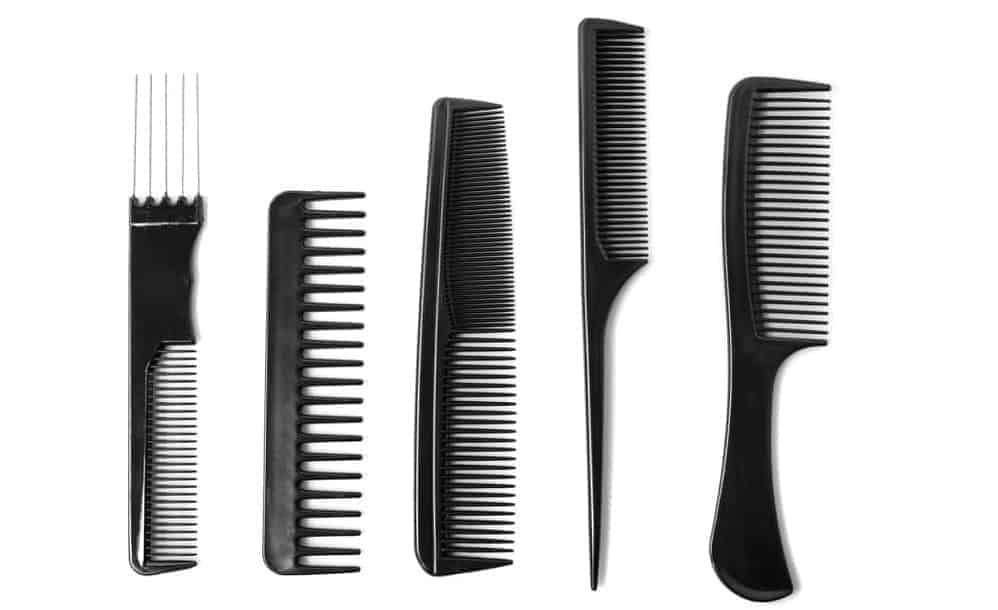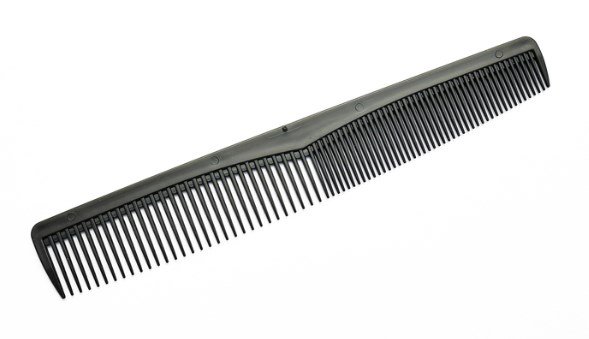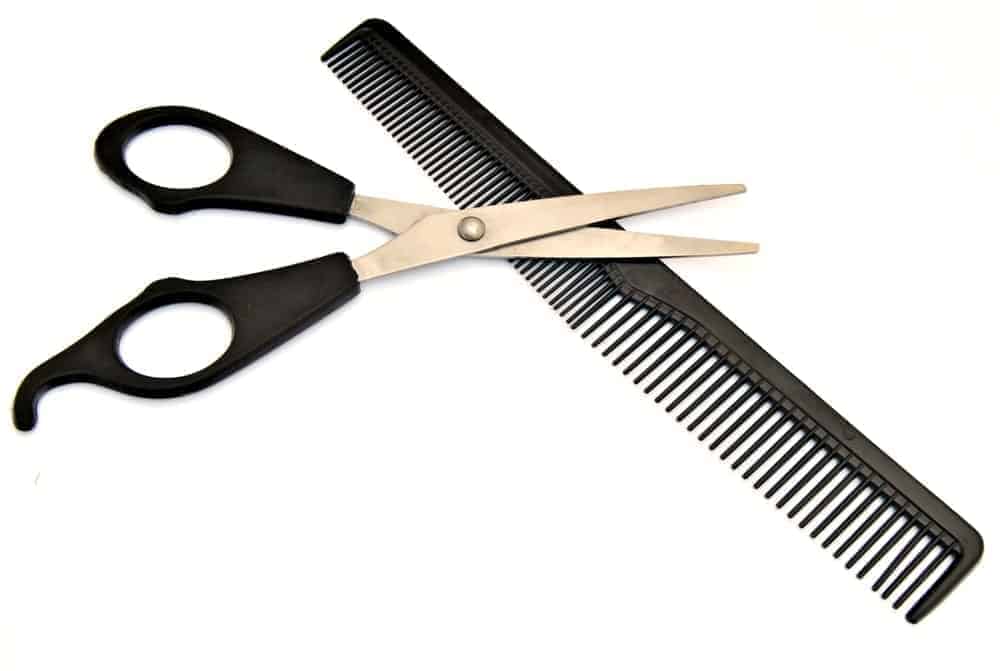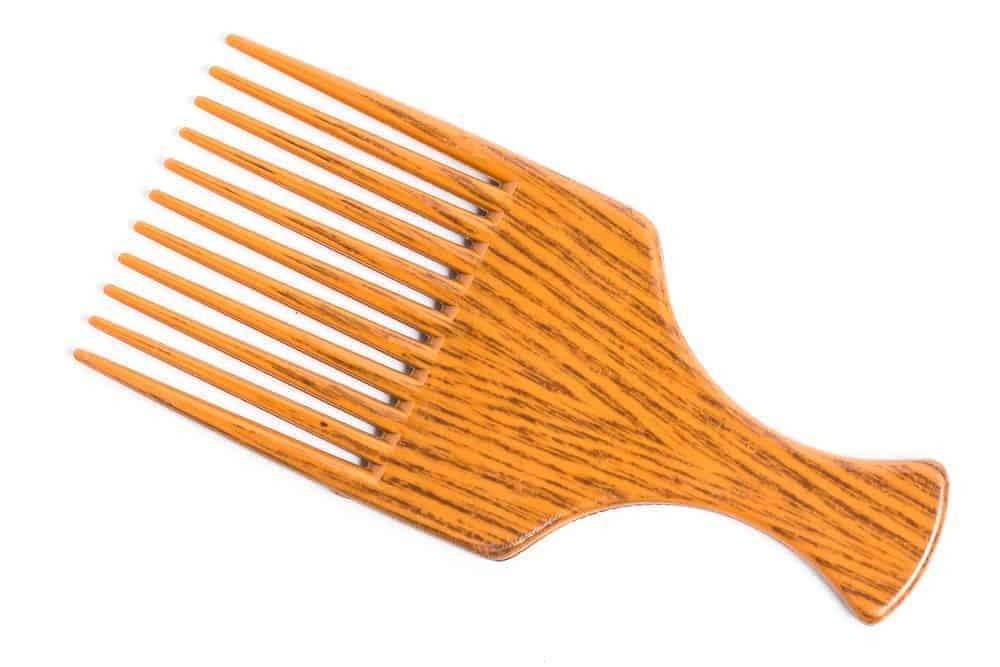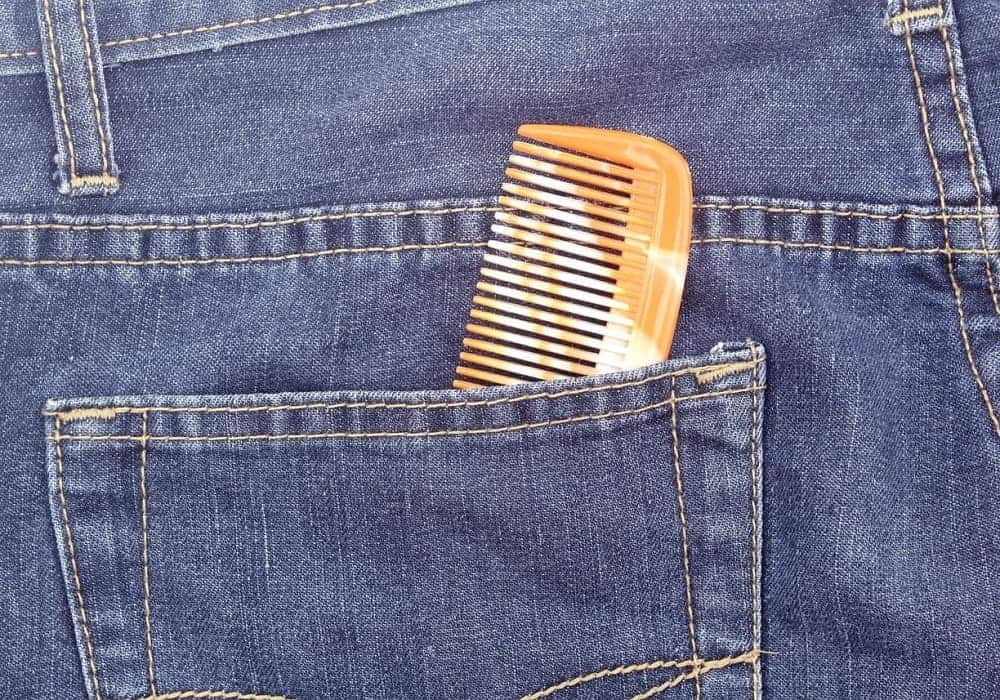There's a right comb for your hair's thickness and texture. Find the right one by getting to know the different types of combs as well as their distinctions and purposes.
The comb is among the oldest tools unearthed by archaeologists. The earliest comb which dates back to 2,500 B.C. was found in Sweden and was also used as a decorative piece. Those made of bronze and bone date back to 1800-500 B.C. and were given as burial presents.
Combs became wider, shaped into a half-moon, and made of iron during the early Iron Age. In the late Iron Age, combs became narrower. During the Middle Ages, people made combs from the wood or bone of a deer or moose horn using a comb maker.
In the early 19th century, combs were made of tortoise shells and horns. The brothers Isaiah and John Hyatt made a breakthrough in the late 19th century when they successfully developed the celluloid as a replacement for ivory. As a result, combs were mass-produced and boomed into a comb industry.
Contents
1. All-Purpose Comb
Just like the name sounds, an all-purpose comb can handle a variety of jobs on men, women, and children. The combs are extra sturdy, work on both thin and thick hair, and do everything from a quick touch-up job to making sure your hair looks great at all times.
All-purpose combs also come in a wide variety of colors and lengths, with the seven-inch combs being very popular, but because they tend to be longer than many other types of combs, they are usually used only at home, since a smaller one is usually needed for a purse or wallet.
2. Barber Comb
These are more familiar to men than to women since they are the type of comb barbers use most often. With these combs, you can cut and trim the hair without getting too close to the head, and they have both a fine-tooth and a wide-tooth section.
They have also tapered combs, being wider at one end than the other, and they serve as a guard so that the barber doesn’t damage the scalp. In fact, they are similar to the guards sometimes found on electric clippers. They are not always as easy to find as other types of combs, but you should be able to purchase them at a good beauty supply store.
3. Fine-Tooth Comb
If you want to get all of your hairs in place, a fine-tooth comb is what you need. These combs have teeth that are close together and are great for creating hair that is perfectly neat and straight. If you have very thick hair, it might not benefit you to use a fine-tooth comb because it may not fit through your tresses, or it may break while you’re using it.
It can also cause you to lose more hair than you wanted. However, for most people, a fine-tooth comb works wonders when making your hair look better, and it can even take the place of a brush in most instances.
4. Pick Comb
Similar to a rake comb, pick combs are made specifically for lifting the hair, and they work well for people who like the afro look. They usually have wide teeth and a short handle, and they can also be used to partially or tease your hair. Pick combs can be made of plastic or metal, and they come in various colors and sizes as well. They are great for people with frizzy or thick hair, and they are usually small enough to fit in your pocket or a purse.
5. Pin Tail Comb
A pin tail comb is similar to a rat tail comb, the difference being that the tail – or the handle – is much thinner and finer. If you want to more precisely part your hair, the pin tail comb is perfect to use. If you use a flat iron to straighten your hair, these types of combs can be true miracle-workers.
You can work on your hair section by section and not leave any stray hairs behind, and it can also help you not accidentally poke your scalp. If you use rollers, the pin tail comb helps you gather just the right amount of hair for each roller, and anything you need to be done to your hair – including dyeing it – is made much easier with a pin tail comb. Like other combs, the pin tail comb is inexpensive and easy to find.
6. Pocket Comb
Pocket combs are merely small combs meant to fit into your pocket. There is usually a wide-tooth side and a fine-tooth side to accommodate all hair types, but their main characteristic is their small size. Another thing that makes them different is that they are extra durable, in part because they are meant to be placed inside a pocket. They are very easy to find, inexpensive, and made to last. Although they are available in a variety of colors, most pocket combs tend to be black in color and very standard looking and basic.
7. Rake Comb

Because of the way its teeth look, it is called a rake comb. The teeth are wide apart and thick, and they look like a rake. If you have a big mess on your hands, the rake comb is almost certain to straighten it out.
You can comb through your hair with a minimum amount of hair loss and pain, and it is a lot less time consuming than using other types of combs to try and get through your hair. In addition, since most of them also have handles, they are very easy to use whenever you need this type of comb for your hair.
8. Rat Tail Comb
Rat tail combs are more than just combs with handles. You use the handle, which is thin and long, to create and straighten the parts in your hair. Whether you want your part on the side or down the middle, simply use the handle of the comb to do it, and you’ll always be satisfied with the results.
The comb section is usually fine tooth, so it works perfectly whenever you need to make a part, then comb the rest of your hair. Rat tail combs are easy to find, well made, and inexpensive, so you can stock up on them if you wish. They can also be used by both men and women, and even children.
9. Teasing Comb

Thin-haired people no longer have to worry about their hair looking good, because there are many ways to get a fuller look. If you wish to add a bit of body and texture to your hairdo, the teasing comb is what you need. The teeth on the comb are usually various lengths, and the comb itself is often some type of metal instead of plastic.
To use the comb, simply pick up strands of hair and hold them up straight. Then, just run the teasing comb through each strand roughly 6 to 10 times. This technique works best when you have fairly long hair, and you can give each section of your hair as much body as you like by adjusting how many strands you use and the number of times the teasing comb is used.
10. Wide-Tooth Comb

A wide-tooth comb has teeth that are spaced far apart, and it is made mostly for getting out tangles and for combing out your hair when it’s wet. Wet hair is weaker and more vulnerable than dry hair, and if you use a wide-tooth comb on your wet hair, you’ll have fewer split ends.
Wide-tooth combs are also good for combing through the chemicals used when perming or straightening your hair because again, they are gentler on your hair than using a brush. Wide-tooth combs are also very inexpensive, so it is easy for you to have several of them around your home.

